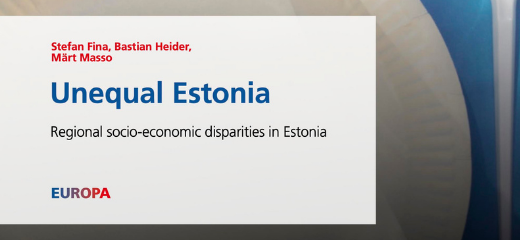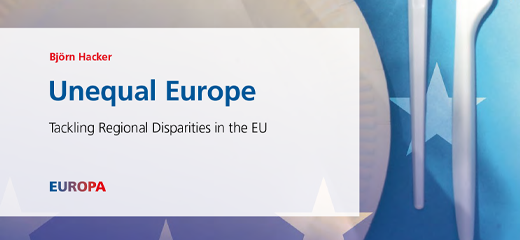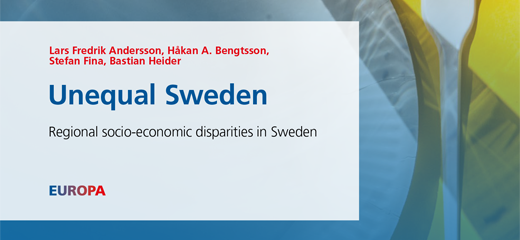
Publication
Time to care! Work, life and inequality in the care economy
July 31, 2020Author: Laeticia THISSEN, Robert Sweeney
The distribution of care work in a society plays a central role in the formation of inequality between men and women. The structure of care provision, or the distribution of caring responsibilities, is perhaps the largest single factor in the continuation of gender inequalities. As Europe emerges from the crisis, a long-overdue conversation needs to be had about the value we place on care work, which is disproportionately shouldered by women. The care economy has an overall positive impact on economic equality between the sexes, although the relationship is very complex. Based on the forthcoming FEPS-TASC report “Cherishing All Equally: inequality and the care economy” (September 2020), this policy brief reviews some of the main results and their policy implications in the light of the current pandemic hitting women disproportionally.
Key points
· The care economy is a major source of female employment;
· Countries with large care sectors tend to have lower income differences between men and women;
· The care economy tends to provide opportunities for women to work in female-dominated professions;
· Though childcare offsets some disadvantages women face in the labour market, countries with large care economies tend to have higher gender pay gaps as segregation is higher;
· Traditional care work tends to be precarious and low paid in all EU countries;
· Care work is both rewarding and onerous;
· Women and men have somewhat different work-life preferences;
· Concrete policy tools and changes should be levered to reconcile gender equality with a desire for balanced lives.
related publications
-

Unequal Estonia - Tackling Regional Disparities in Estonia
read more -

Unequal Europe - Tackling Regional Disparities
read more -

Unequal Sweden: Regional socio-economic disparities in Sweden
read more -

Challenges for EU enlargement in a post-covid scenario
read more -

Taxing Multinationals in the European Union
read more -

Gender-based violence against women and girls with disabilities
read more



























































